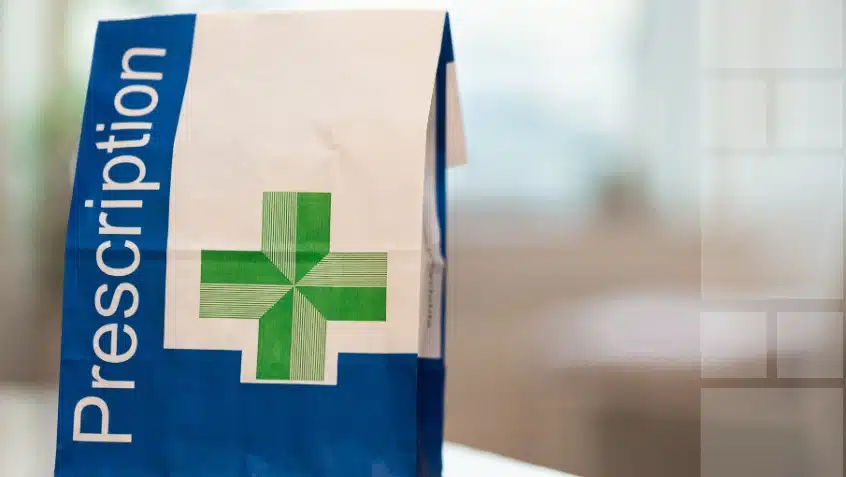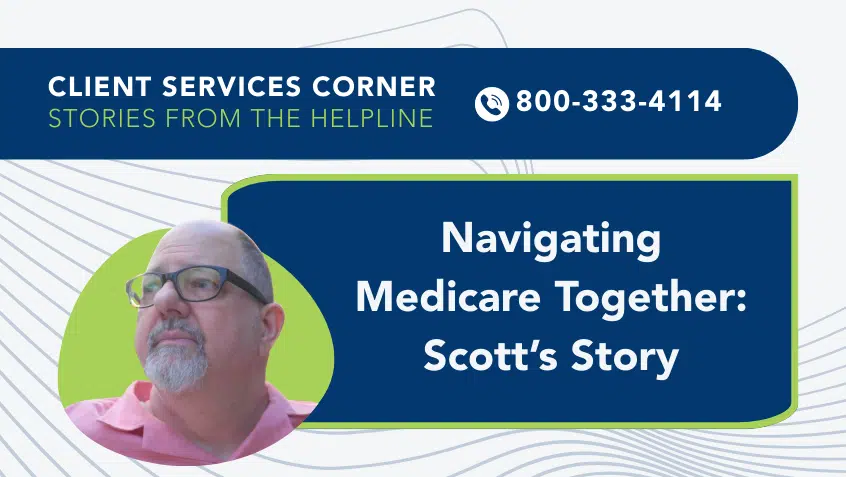Join Us Live for a Discussion on Medicare, Democracy, and the Future of Health Care
Big Changes May Be in Store for Medicare Part D

Some changes are in store for Part D in 2020 and policymakers are contemplating even more. The Kaiser Family Foundation (KFF), a nonpartisan nonprofit focused on national health issues, recently outlined what the program will look like next year under current law, and under recent legislative and administrative proposals.
In 2020, a provision of the Affordable Care Act (ACA) that slowed the growth rate of the catastrophic coverage threshold will expire, and the threshold will revert to its pre-ACA scheduled level. As a result, the threshold will increase more significantly in 2020 than it has in recent years.
While Part D out-of-pocket expenses are not capped, once beneficiaries pay a certain amount, their obligations are reduced. This reduction comes when they hit what is called the “catastrophic threshold.” In 2019, once a beneficiary pays more than $5,100 toward their prescriptions, they enter catastrophic coverage and are on the hook for only 5% of the expenses going forward. In 2020, this threshold will jump by $1,250, to $6,350. This change could impact individuals who reach this level of spending, absent congressional action to continue the slower growth rate or otherwise restructure Part D as part of larger drug pricing reform efforts.
In the longer term, several proposed bills would change the structure of the Part D program by creating a cap on out-of-pocket expenses and reallocating responsibility for coverage expenses between insurance plans, pharmaceutical manufacturers, the Medicare program, and beneficiaries.
For example, the Senate Finance Committee’s drug pricing bill would cap beneficiary expenses at $3,100 annually, with manufacturers and Medicare each paying 20% of the costs once a beneficiary hits that limit and the insurance plan paying 60%. For comparison, the House drug pricing bill would set the annual out-of-pocket cap at $2,000, with plans paying 50%, manufacturers 30%, and Medicare 20% after that point. Both bills would eliminate beneficiary liability in the catastrophic phase.
By contrast, the administration’s Part D proposal did not specify the level of the cap but would require plans to cover 80% of the costs once that threshold was reached, with the Medicare program paying 20%.
Medicare Rights strongly supports the creation of an out-of-pocket cap for beneficiary spending in Part D. The absence of a hard limit means that beneficiaries continue to be on the hook no matter how many thousands of dollars they may have already spent. While the beneficiary’s responsibility in the current catastrophic coverage phase may seem low at 5%, this is often 5% of extremely expensive medications and can add up quickly. We urge Congress to advance proposals that improve beneficiary health and economic security, including by limiting beneficiary spending in Part D.
Show Comments
We welcome thoughtful, respectful discussion on our website. To maintain a safe and constructive environment, comments that include profanity or violent, threatening language will be hidden. We may ban commentors who repeatedly cross these guidelines.
Help Us Protect & Strengthen Medicare
Donate today and make a lasting impact
More than 67 million people rely on Medicare—but many still face barriers to the care they need. With your support, we provide free, unbiased help to people navigating Medicare and work across the country with federal and state advocates to protect Medicare’s future and address the needs of those it serves.
The Latest
Most Read
Affordable Health Care in Jeopardy for Millions
Analysis Flags Potential Medicare Advantage Access Issues for Mental Health Care
Medicare Advantage Enrollees Have Until March 31 to Make Certain Coverage Changes
Rural Health Fund Awards Cannot Compensate for Enormous Medicaid Cuts that Threaten Home Care
Add Medicare to Your Inbox
Sign up to receive Medicare news, policy developments, and other useful updates from the Medicare Rights.
View this profile on InstagramMedicare Rights Center (@medicarerights) • Instagram photos and videos









